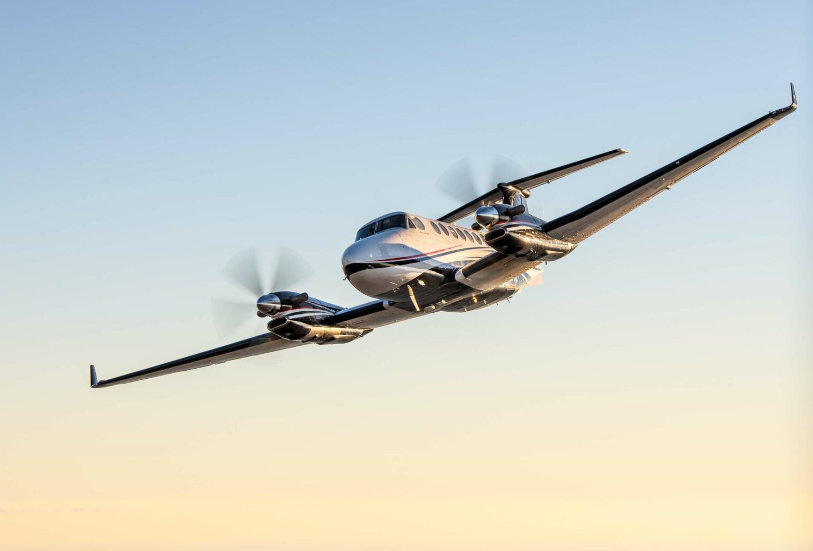Tradeoffs Of Experimental Amateur-Built Aircraft
If you want to fully grasp why and how homebuilts might fly differently from Cherokees and Skyhawks, you need to understand the FAA’s certification standards.

Bede BD-5J jet. Jim Bede’s sizzling cool micro jet has been featured in popular culture since its inception in the 1970s. Photo courtesy of Wikimedia Commons.
Before you buy or build a homebuilt aircraft, it's critical that you know the sometimes dramatic but sometimes subtle differences beween them and their FAA-blessed hangar mates, especially when it comes to in-flight handling. Those distinctions are based on the regulations that dictate certificated, usually Part 23, designs and how EAB aircraft, which are not held to those standards, might and in practical fact always do diverge from those standards.
A couple of the most important issues are landing speed, crash worthiness and flight stability.
Often, just looking at the wing will tell you a lot. For instance, a small wing, in span, chord and airfoil thickness, provides higher cruise speed but at the expense of having higher stalling and landing approach speeds.
Under Part 3 of the old Civil Air Regulations, certificated light single-engine airplanes had to have a landing-configuration stall speed no higher than 70 mph, now translated to 61 knots in Part 23 of today's Federal Aviation Regulations. This figure can be a few knots faster with credit given for crashworthy components, like seats that can take high G loadings. The idea is to make a single-engine airplane that, if that one powerplant gives up the ghost, can be landed somewhere less than ideal at a speed where the occupants are very likely going to walk away, or at least live to tell about it.
Experimental certification removes this and most other limitations, allowing EAB designs to top 300 mph with optimized big-bore engines and whisper-thin wings, but their pilots must accept the reduced crashworthiness of 100-mph landing speeds, which might work fine at your home airport but amounts to rolling the dice when it comes to off-airport landings.
Similarly, the FAR standards for seat structure, cockpit visibility and entry/egress are not mandated for experimental-category airplanes. Such non-conformity is the reason EAB aircraft will have the passenger-warning placard displayed, though in practice the passengers will depend on the pilot to explain what it means.
Stability and spin recovery are other design areas where the FAA's certification standards are rigorous but can be overlooked by the designer in the name of the desired characteristics, again usually speed. Some very fast homebuilts we've flown have little or no pre-stall buffet and behavior where the nose will drop from 10 degrees above the horizon to 50 degrees below in a heartbeat. Some of these very fast designs are also subject to a secondary stall, again something you won't find on a Cessna 182.
Rather than competing with factory-built airplanes, the custom creations of the EAB category simply represent an alternative path to personal flight. The important thing is that you understand not only the reasons for the tradeoffs but also the nature of the additional risks you and your passengers will need to accept in the process. It's probably no surprise that the most successful homebuilt kits are planes that have design and behavior that, if not certifiable, is not far from that mark, so their pilots have the homebuilt advantages and also some reasonable expectation of good handling and reasonably low stall speeds.

Subscribe to Our Newsletter
Get the latest Plane & Pilot Magazine stories delivered directly to your inbox






